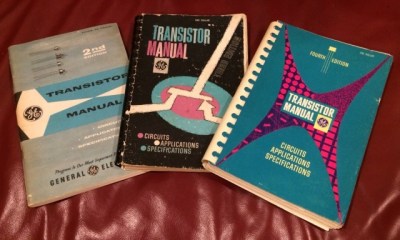Sometimes you open a freshly created Hackaday.io project and discover more than you expect. A moment of idle curiosity turns into a lengthy read involving several projects you wonder how you managed to miss the first time around. So it was this morning, with [Yann Guidon]’s documentation of his eBay-purchased rubidium frequency standard. In itself an interesting write-up, with details of reverse engineering the various different internal clock signals to derive more than just the standard 1-second pulses, and touching on the thermal issues affecting frequency lock.

It is when you look at his intended use for the standard that you’ll see the reason for the lengthy read. He has a couple of discrete component clock projects on the go. His first, a low-powered MOSFET design, promises to break the mold of boring silicon bipolar transistors with hefty power consumption. It is his second, a design based on germanium transistors and associated vintage components, that really stands apart. Not a Nixie tube in sight, but do browse the project logs for a fascinating descent into the world of sourcing vintage semiconductors in 2016.
Neither clock project is finished, but both show significant progress and they’ll certainly keep time now that they’ll be locked to a rubidium standard. Take a look, and keep an eye on progress, we’re sure there will be more to come.
We’ve featured a couple of rubidium standards here in the past. This rather impressive clock has one, and here’s one assembled into a piece of bench equipment. They’re readily available as surplus items for the curious constructor, we’re sure that more will feature here in the future.














